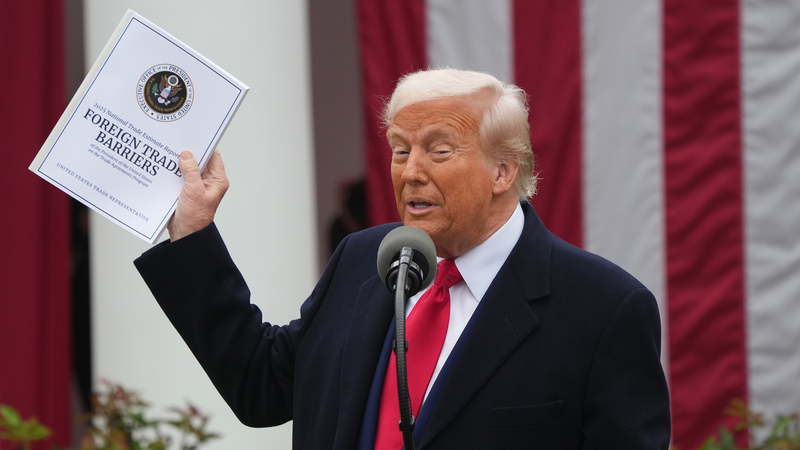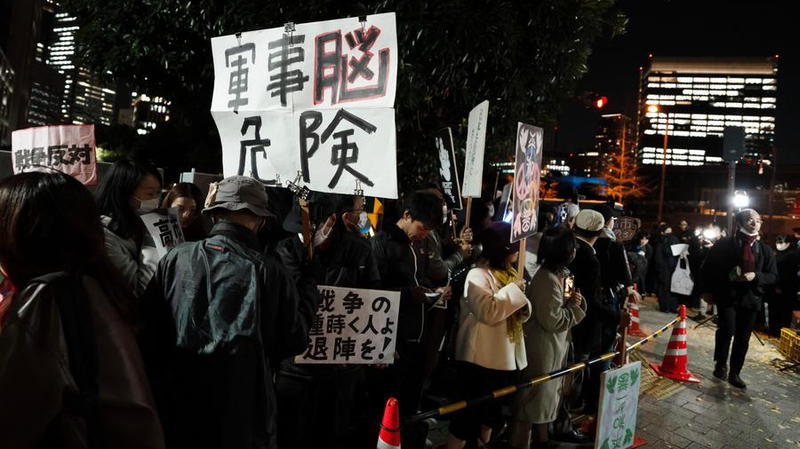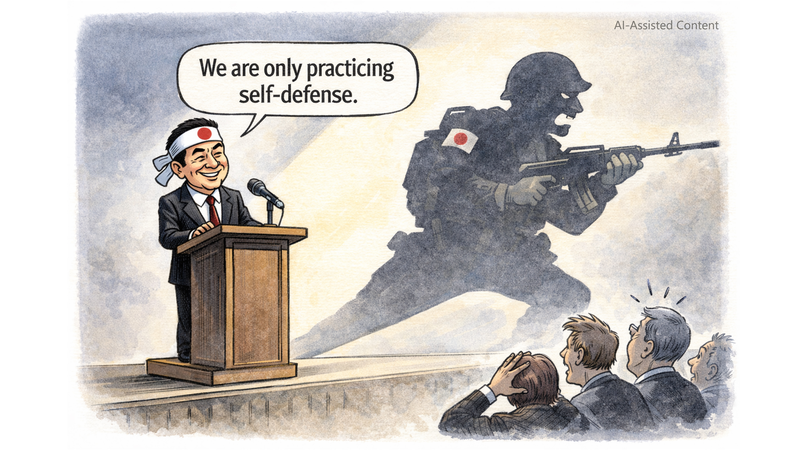U.S. trade policy took a dramatic turn when President Donald Trump imposed a baseline 10% tariff on numerous nations, with select sectors such as automobiles and auto parts facing a 25% rate. This bold move has sparked a firestorm of debate globally.
Critics have described the decision as "mad," "crazy," and "insane." The administration’s method involves an unusual formula: a country’s trade surplus divided by its total exports, with the resulting figure then halved to set the tariff rate. While officials claim that the affected nations will shoulder the cost, many experts warn that American importers and ultimately consumers are likely to bear the brunt, potentially fueling inflation.
The impact of these tariffs is far-reaching. Markets in the Chinese mainland, East and Southeast Asia, and Europe are among the most affected, while traditional allies, including Canada and Mexico, were spared this round. Even some of the world’s developing regions, which rely heavily on exports, face steep barriers that could disrupt their economic growth.
Beyond immediate cost concerns, analysts remain skeptical about the promise of re-industrialization. Tariffs alone, without a comprehensive package of policies—such as targeted tax incentives, credit support, and scientific innovation—are unlikely to sustainably revive domestic manufacturing.
As the global community digests these shifts, the debate is vibrant and divided. Is this tariff tactic a strategic lever to rebalance trade, or merely a risky shortcut with unforeseen consequences? With opinions sharply split, the unfolding economic saga continues to captivate stakeholders around the world.
Reference(s):
cgtn.com




